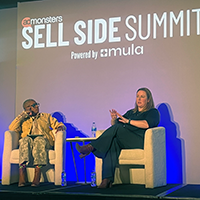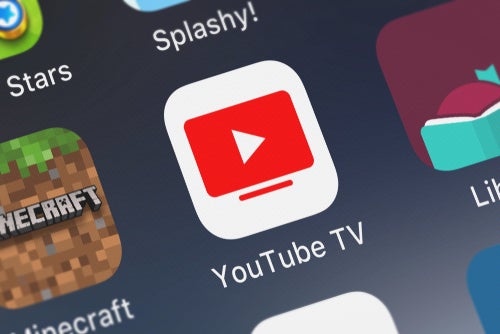There are a number of questions CEOs should ask themselves prior to launching any mobile program: "How are people actually going to interact with my company/products/brand on their phones or tablets?" "What features should I prioritize (and which ones should I ditch)?" "Should I go with an app, a mobile-optimized site, or both?" But of all these questions, one that skips to the front of the line is, "How can I do cool stuff with GPS to attract customers who are nearby?" And then, "But what if I'm not a brick and mortar store—can I still benefit from GPS?"
With easy-to-integrate GPS functionality and built-in cameras on most mobile devices, there's no reason for marketers not to make use of this functionality. But how should they do it? And who should do it?
Marketers in almost any industry can use location-based tie-ins to boost their mobile traction. Apps such as Foursquare and Instagram are great champions of connecting users and marketers via position, photography, and targeted geo-location marketing. And the ongoing positive shift in consumers' willingness to allow apps access to their whereabouts—as well as share their locations, check-ins, pictures and activities—means that enhanced, personalized mobile experience is becoming expected.
1. Local Attractions and Travel
From the moment consumers use navigation on their mobile device, there are multiple opportunities to enhance their on-the-go experience. They've probably flicked on a navigation app because they are attempting to find their way to or around somewhere. Beyond giving them directions and basic information during their travels, marketers can help consumers more easily discover and connect with them. Airlines can offer a car rental discount with a brand partner at an arriving airport. Local attractions can alert users to their location, promotions, tickets or hours to ensure increased visitors, while hotels can promote vacancies and room discounts.
2. Weather and Seasonality
Mother Nature goes mobile! Retailers and restaurants can improve their targeting by using current weather conditions and seasons to promote the right products, sales or specials. If spring break is approaching, marketers can highlight a swimsuit sale, or offer a selection of hot soups paired with a Hot Toddy on a cold winter's day.
3. Money and Management
Financial services marketers, listen up. While most banking itself has moved to the online world, there is still something to be said about the long lines that remain in retail outlets or ATMs. Marketers can make it easier for customers by offering up nearby locations when they access their sites or apps. They can also use data such as time of day, previous behavior or proximity to home to automatically target direction-based messaging to their nearest location, hours, directions and types of services offered.
Or they can take it a step further with retail partners. Many financial services marketers have rewards programs for their consumers to earn points with their purchases, and customers probably love them for that. They'll love them even more if these marketers offer promotional messaging when they are near a store they can redeem their points at (especially if they've earned enough points!) Their visit might even spark some additional purchases and a lot more revenue for marketing partners.
4. Camera
The smartphone's version of augmented reality has grown to be a consumer favorite for not only sharing personal memories, but enhancing the ability share and show locations as well. Marketers can capitalize on this feature both by using pictures from their own fancy photography as well as user-upload to make it a more real, tangible experience before they even arrive at the destination. Use pictures in targeted product promotions (remember that bikini in point #2) for specific outlets or to show off the interior for the grand opening of a new store.
Above all, marketers should always keep the customer in mind with GPS-based mobile marketing, and use the power and knowledge of geo-location to make their offerings more relevant to consumers. It's a different opportunity then they have traditionally had for their website, and should be exploited to the best of their abilities.
Mark Simpson is founder and president of Maxymiser, a multichannel testing, conversion and personalization solutions provider.



